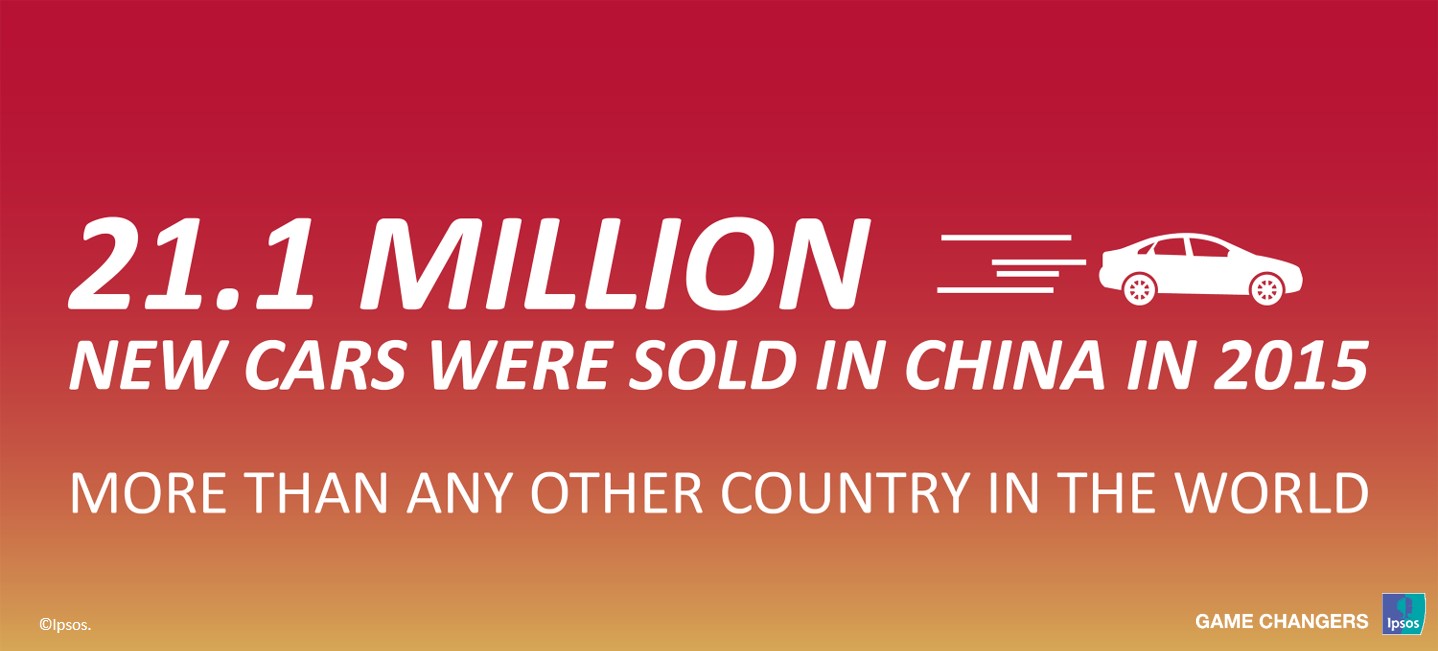The boom of China's automotive aftermarket is imminent
The average age of vehicles in China is expected to reach 5.0 years by 2018. As in developed countries, the Chinese automotive aftermarket will experience a boom once average vehicle age exceeds 5 years. This automotive industry guide takes a look at the realities and trends of the automotive aftersales market in China and sets out some of the opportunities and challenges that automotive companies, auto part makers and aftersales service providers will encounter when looking to secure high performance.
China’s boom has meant dramatic growth in passenger vehicle sales, with its large population providing vast potential for continued increases in the future. These rising numbers mean growth in related industries, such as repairs and maintenance as well as auto finance, car beauty and modification, and secondhand sales.

The Chinese automotive aftermarket in particular is on the verge of massive expansion, with estimates putting the market at $118 billion in 2015, and going up to $214 billion by 2020 – a growth rate faster than the car industry itself will experience.
The average age of a car warranty in China is 2 years, while passenger vehicles in China right now are just over 4 years old on average, and rising. The automotive aftermarket generally sees strong growth when vehicles are over 5 years old. Currently 1/3 of cars are over 6 years old in China already, and by 2020 the average age will be about 6 years.
The anticipated boom in the automotive aftermarket will allow independent dealers and newer franchises to gain strength. Many will compete for this big market, with varying methods; e-commerce offers a new approach to providing this kind of service as well.
Each type of business model has its own set of built-in advantages, which do not translate equally well to different segments of the aftermarket. Industry players will need to base their offerings and marketing approach on a keen awareness of consumer preferences, as no single business model can dominate the entire market.
These are the visible trends, but China’s government also gets a vote in how things will play out. The government’s upcoming choices regarding regulations and incentives are sure to influence the direction and development of aftermarket services.






